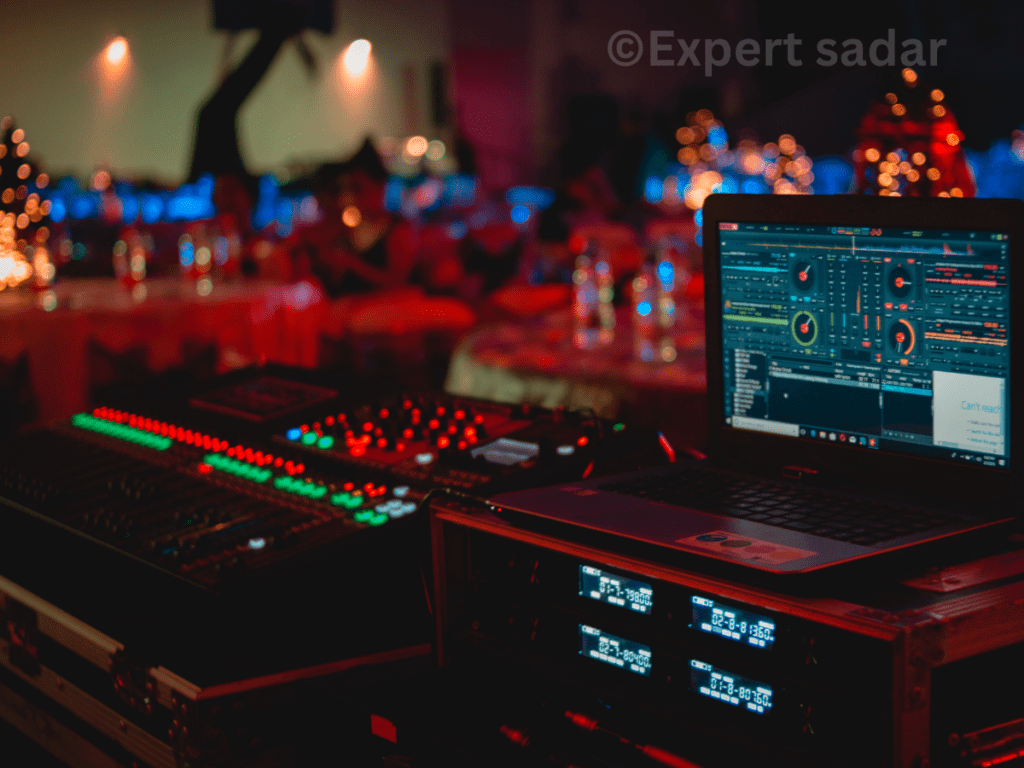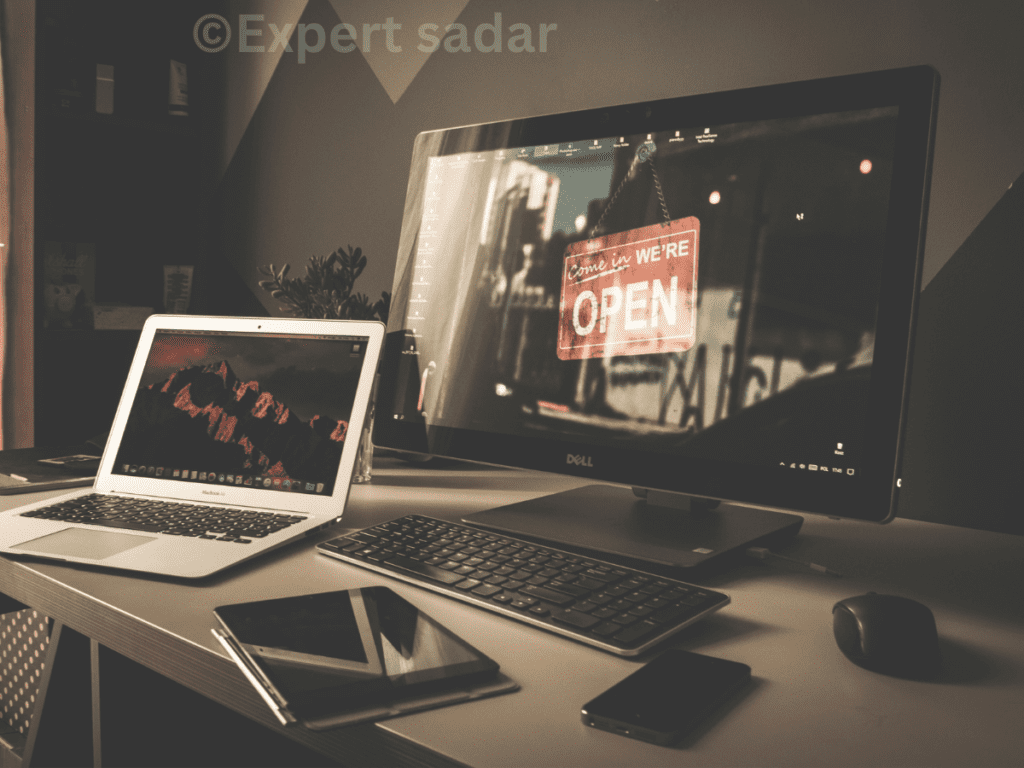The Internet of Things or IoT is a network of physical devices. These devices can transmit data to each other without human intervention. IoT devices are not limited to computers or cars. The Internet of Things can contain any sensor to which a unique identifier (username) is assigned. Developing self-reporting gadgets that can interact in real-time with people and each other is the primary objective of the IOT.
(IOT) Internet of Things Examples
You probably use IoT devices every day. The following list shows IoT devices you may be familiar with:
Smart Home Devices: Smart devices are interactive electronic devices that use wireless connections to understand user instructions. Smart home devices such as thermostats and home security systems can operate autonomously to perform daily tasks. For example, you can program your smart thermostat to go into cooling mode before you get home from work. Or you can get a security camera alert that tells you someone is at the door when you’re not home.
One of the most popular examples of wearable technology on the Internet are smartwatches. Wearable IoT devices such as Fitbits and Apple Watches connect to other devices (such as smartphones) to share data. They also often connect to the Internet to track their GPS location.
Personal medical devices: Personal medical devices such as pacemakers are IoT devices. Telemedicine tools can help monitor and report a patient’s vital signs or detect early health problems to expedite intervention.
Autonomous vehicles: Autonomous vehicles and other connected vehicles rely on the Internet for real-time data exchange. The car’s sensors help it map the environment, send camera images and respond to traffic lights.
Want to build your own IoT device? Try the University of Colorado Boulder online application.
How does the Internet of Things work?
These devices use the Internet Protocol (IP), which is the same protocol that identifies and enables computers around the world to communicate with each other. The Internet of Things aims to be tools that provide real-time reporting, improve efficiency and recognize critical information faster than systems that rely on human activity.

Advantages of the Internet of Things
The Internet of Things promises a revolution in several industries. In medicine, for example, connected devices allow healthcare providers to track patients in and out of the hospital. Computers can then analyze the data to help professionals customize treatments and improve patient outcomes.
3 types of Internet of Things (IoT) applications
Millions of devices are connected to the Internet and collect and exchange data with each other. They range from smart home devices such as kitchen appliances and smoke alarms to military surveillance devices. The list below summarizes the most common types of IoT applications.
1. Consumer IoT
IoT refers to personal and mobile devices connected to the Internet. These devices are often called smart.
2. Industrial Internet of Things (IoT)
The Industrial Internet is a network of interconnected industrial devices. The equipment and devices used in energy management are part of the Internet of Industrial Products.
3. Commercial IoT
Commercial IoT refers to devices and systems used outside the home. Businesses and healthcare organizations, for example, use business voice data from the IoT to monitor and manage customers.
History of the Internet
The term “Internet of Things” was proposed by entrepreneur Kevin Ashton, co-founder of MIT’s Auto ID Center. Ashton was part of the team that discovered how to connect to the internet using RFID tags. He first used the phrase “IOT” in a 1999 speech, and it has stuck ever since.
The term “IOT” may have been first coined by Ashton, but the concept of connected devices, particularly connected devices, has long been Acquisition (SCADA) software. Later, in 1982, the Coke machine was developed at Carnegie Mellon University, becoming the first connected technology. Using the university’s local Ethernet or ARPANET, the forerunner of the modern internet, students can check the availability of beverages in stock and cold drinks.
Today, we live in a world where there are more IoT connected devices than people. These IoT-related devices and devices include wearables such as smart watches and RFID inventory tracking chips. devices linked to the IOT converse via networks or IOT-connected cloud-based platforms. The real-time insight of this aggregate data from the IoT is fueling the digital transformation. The era of Industry 4.0 promises many positive changes regarding health and safety, business operations, industrial production and global environmental and human issues.
Blog By:- ExpertSadar



